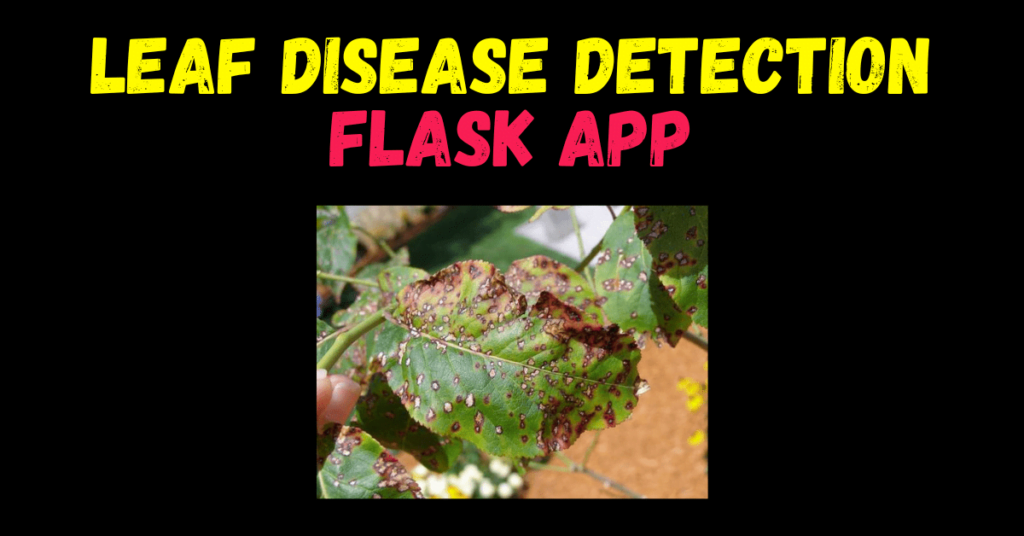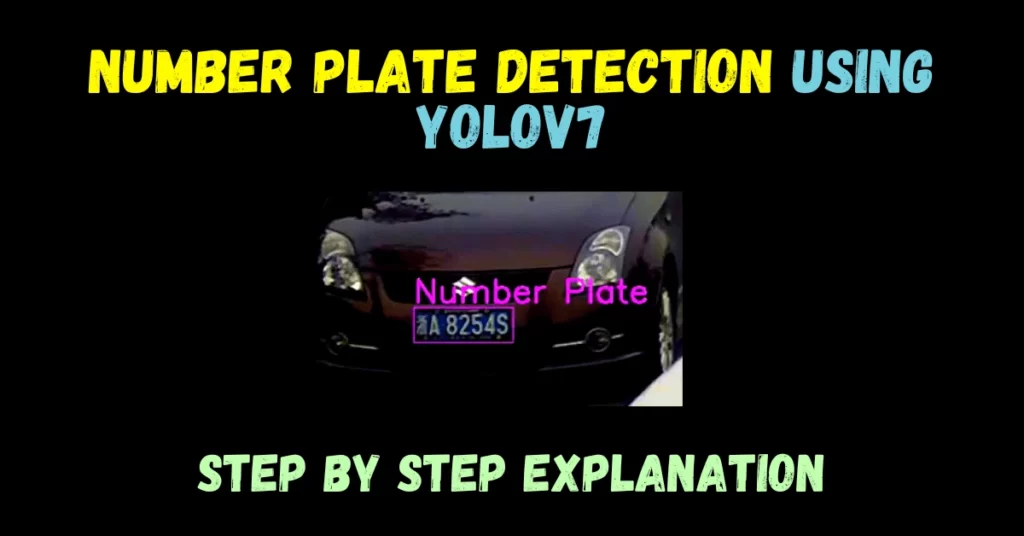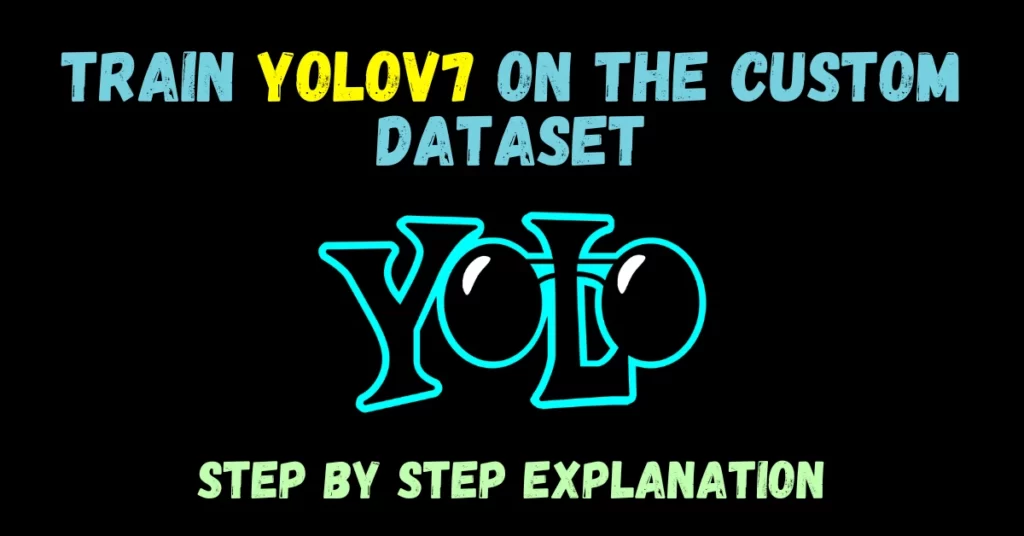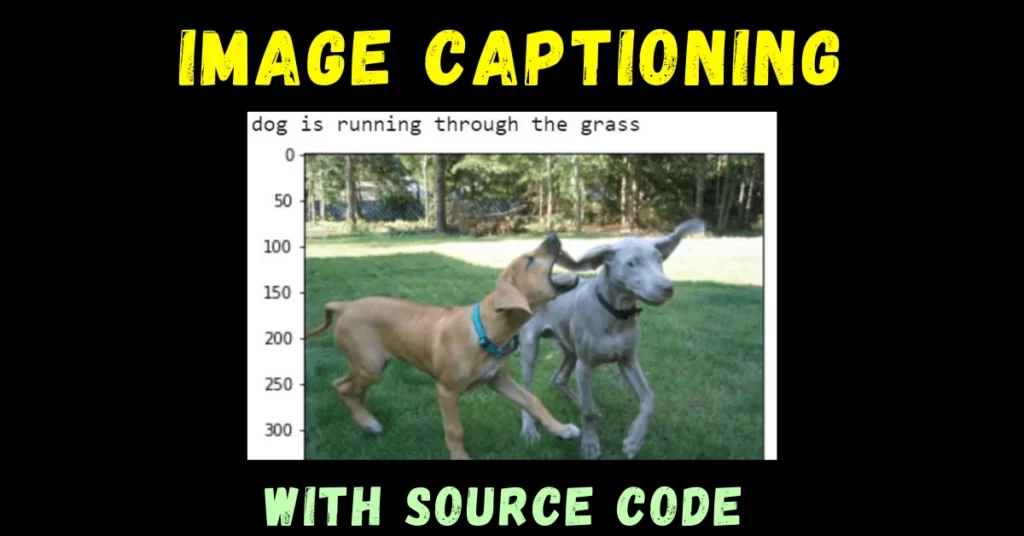So guys here comes the Fire and Smoke Detection project which is yet another very practical use case of Deep Learning. We will be using CNNs to implement this project. I have used Data Augmentation to increase the volume of my image dataset and I got a very satisfying accuracy of about 90% on a dataset like this.
You can further extend this idea by using it with a Raspberry Pi, a thermal sensor, and a camera for its practical implementation. So without wasting any further time, Let’s do it…
Step 1 – Importing libraries required for Fire and Smoke Detection.
import os import cv2 import numpy as np import matplotlib.pyplot as plt from keras.utils import np_utils from tensorflow.keras.optimizers import SGD from sklearn.model_selection import train_test_split from tensorflow.keras.models import Sequential,load_model from tensorflow.keras.preprocessing.image import ImageDataGenerator from tensorflow.keras.layers import BatchNormalization,Dense,SeparableConv2D,MaxPooling2D,Activation,Flatten,Dropout
Step 2 – Defining some constants.
INIT_LR = 0.1 BATCH_SIZE = 64 NUM_EPOCHS = 50 lr_find = True classes = ['Non_Fire','Fire']
Step 3 – Reading images and storing them.
images = []
labels = []
for c in classes:
try:
for img in os.listdir('Image Dataset/'+c):
img = cv2.imread('Image Dataset/'+c+'/'+img)
img = cv2.resize(img,(128,128))
images.append(img)
labels.append([0,1][c=='Fire'])
except:
pass
images = np.array(images,dtype='float32')/255.
- Here we have just used cv2.imread() to read all the images and store them in an array.
- Also, we are storing labels. 1 is for Fire and 0 for Non_Fire.
- In the last line, we are just simply normalizing the images. Previously our images were from 0-255 but now they are from 0-1.
Step 4 – Just randomly visualize an image.
ind = np.random.randint(0,len(images)) cv2.imshow(str(labels[ind]),images[ind]) cv2.waitKey(0) cv2.destroyAllWindows()
- This image will be different every time because we have used random here.

Step 5 – One hot encoding of the labels.
labels = np.array(labels) labels = np_utils.to_categorical(labels,num_classes=2)
- Using np_utils.to_categorical to one hot encode the labels.
Step 6 – Create a class weights dictionary.
d = {}
classTotals = labels.sum(axis=0)
classWeight = classTotals.max() / classTotals
d[0] = classWeight[0]
d[1] = classWeight[1]
- Creating a class weights dictionary to balance weights during the training process.
- This process is done because our classes are not balanced in this case.
- Non_Fire images are double that of Fire Images.

Step 7 – Train test splitting the data.
X_train, X_test, y_train, y_test = train_test_split(images, labels, test_size=0.25, shuffle=True, random_state=42)
- Using train_test_split() to split the data for training and testing purposes.
Step 8 – Initialize the data augmentation object.
aug = ImageDataGenerator(
rotation_range=30,
zoom_range=0.15,
width_shift_range=0.2,
height_shift_range=0.2,
shear_range=0.15,
horizontal_flip=True,
fill_mode="nearest")
- Using ImageDataGenerator() to augment the data in further steps.
Step 9 – Creating the layout of the model.
model = Sequential()
# CONV => RELU => POOL
model.add(SeparableConv2D(16,(7,7),padding='same',input_shape=(128,128,3)))
model.add(Activation('relu'))
model.add(BatchNormalization())
model.add(MaxPooling2D(pool_size=(2,2)))
# CONV => RELU => POOL
model.add(SeparableConv2D(32,(3,3),padding='same'))
model.add(Activation('relu'))
model.add(BatchNormalization())
model.add(MaxPooling2D(pool_size=(2,2)))
# CONV => RELU => CONV => RELU => POOL
model.add(SeparableConv2D(64,(3,3),padding='same'))
model.add(Activation('relu'))
model.add(BatchNormalization())
model.add(SeparableConv2D(64,(3,3),padding='same'))
model.add(Activation('relu'))
model.add(BatchNormalization())
model.add(MaxPooling2D(pool_size=(2,2)))
# first set of FC => RELU layers
model.add(Flatten())
model.add(Dense(128))
model.add(Activation('relu'))
model.add(BatchNormalization())
model.add(Dropout(0.5))
# second set of FC => RELU layers
model.add(Dense(128))
model.add(Activation('relu'))
model.add(BatchNormalization())
model.add(Dropout(0.5))
# softmax classifier
model.add(Dense(len(classes)))
model.add(Activation("softmax"))
opt = SGD(learning_rate=INIT_LR, momentum=0.9,decay=INIT_LR / NUM_EPOCHS)
model.compile(loss='binary_crossentropy',
optimizer=opt,
metrics=['accuracy'])
print(model.summary())

Step 10 – Training and saving the model.
print("[INFO] training network...")
H = model.fit(
aug.flow(X_train, y_train, batch_size=BATCH_SIZE),
validation_data=(X_test, y_test),
steps_per_epoch=X_train.shape[0] // BATCH_SIZE,
epochs=NUM_EPOCHS,
class_weight=d,
verbose=1)
print("[INFO] serializing network to '{}'...".format('output/model'))
model.save('output/fire_detection.h5')
- Simply training and saving our model.
- The first line in model.fit is aug.flow(X_train, y_train, batch_size=BATCH_SIZE) which will create the augmented data.
- Also we have passed the class_weight parameter as d which we declared in previous steps.
Step 11 – Visualizing the training process.
N = np.arange(0, NUM_EPOCHS)
plt.figure(figsize=(12,8))
plt.subplot(121)
plt.title("Losses")
plt.plot(N, H.history["loss"], label="train_loss")
plt.plot(N, H.history["val_loss"], label="val_loss")
plt.subplot(122)
plt.title("Accuracies")
plt.plot(N, H.history["accuracy"], label="train_acc")
plt.plot(N, H.history["val_accuracy"], label="val_acc")
plt.legend()
plt.savefig("output/training_plot.png")

Step 12 – Load the saved model.
# load the trained model from disk
print("[INFO] loading model...")
model = load_model('output/fire_detection.h5')
Step 13 – Live prediction.
for i in range(50):
random_index = np.random.randint(0,len(X_test))
org_img = X_test[random_index]*255
img = org_img.copy()
img = cv2.resize(img,(128,128))
img = img.astype('float32')/256
pred = model.predict(np.expand_dims(img,axis=0))[0]
result = classes[np.argmax(pred)]
org_img = cv2.resize(org_img,(500,500))
cv2.putText(org_img, result, (35, 50), cv2.FONT_HERSHEY_SIMPLEX,1.25, (0, 255, 0), 3)
cv2.imwrite('output/testing/{}.png'.format(i),org_img)
Final Results…






Download Source Code and Datasets
Download Source Code for Fire and Smoke Detection…
Download Fire Dataset for Fire and Smoke Detection…
Download Non-Fire Dataset for Fire and Smoke Detection…
Steps to tackle with datasets:
- Download both datasets
- Run the bash script (prune.sh)
- Then delete the robbery and accident folders
- Label the folder as fire and non fire respectively and place them in a directory called Image Dataset
Folders hierarchy…

Do let me know if there’s any query regarding Fire and Smoke Detection by contacting me by email or LinkedIn. You can also comment down below for any queries.
So this is all for this blog folks, thanks for reading it and I hope you are taking something with you after reading this and till the next time…
Read my previous post: EMOTION DETECTOR USING KERAS
Check out my other machine learning projects, deep learning projects, computer vision projects, NLP projects, Flask projects at machinelearningprojects.net.







i Dont understand, which dataset are we gonna use in this project?
Fire and Smoke Image Dataset. You can find it on Kaggle.
Can you specifically provide that data set you have given two dataset its confusing which to use can you plss provide the link of the kaggle dataset
Can you help me with the project set up thing, cause this is my first trial to research about deep learning ?